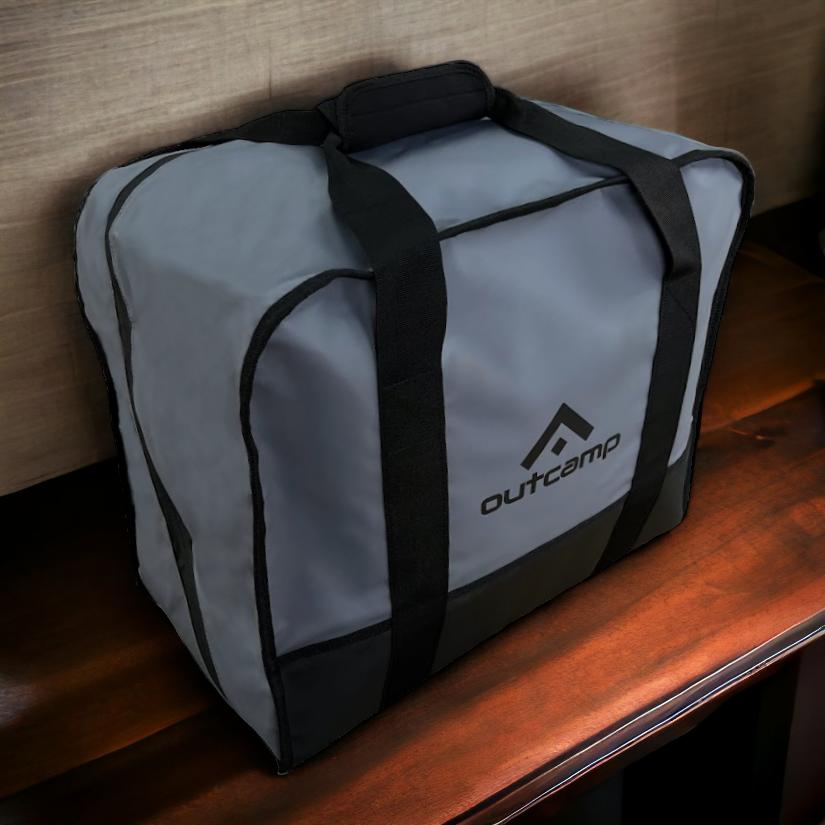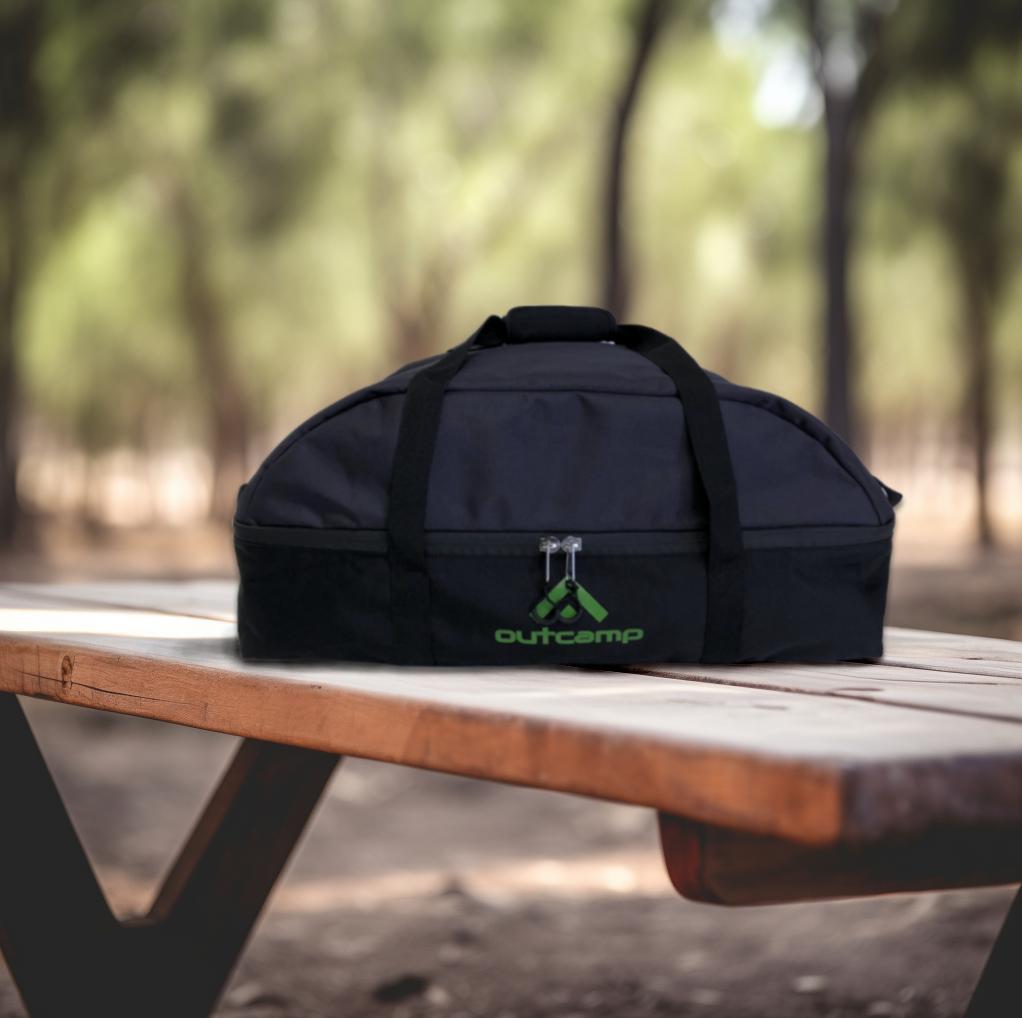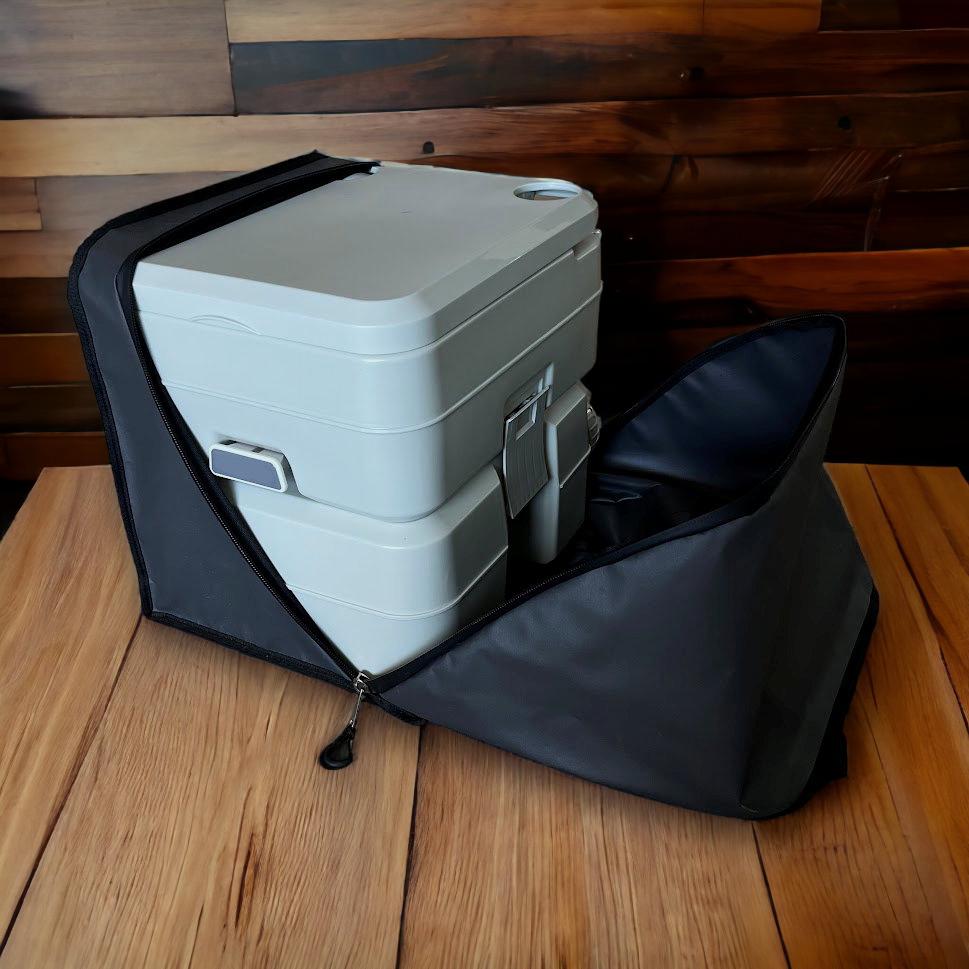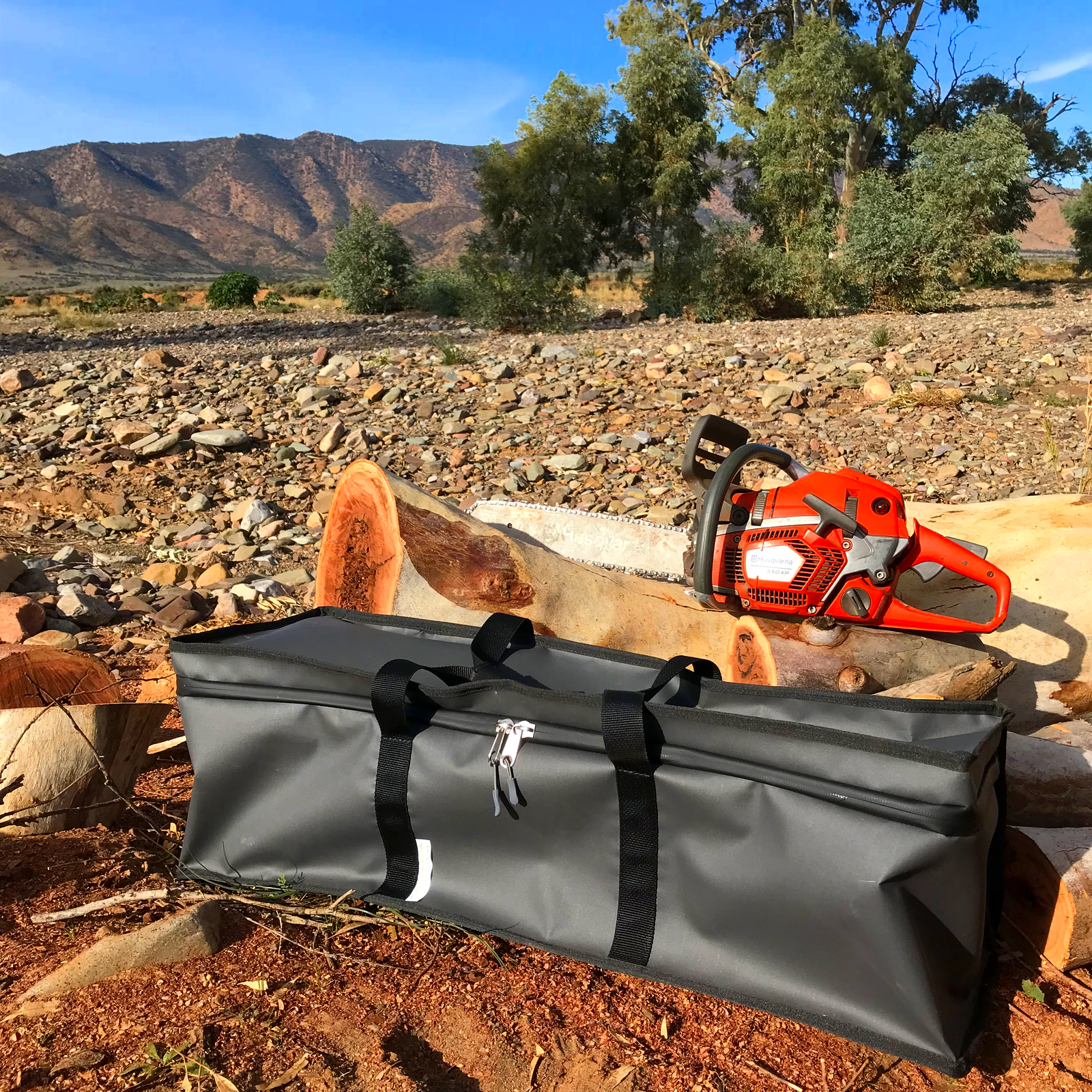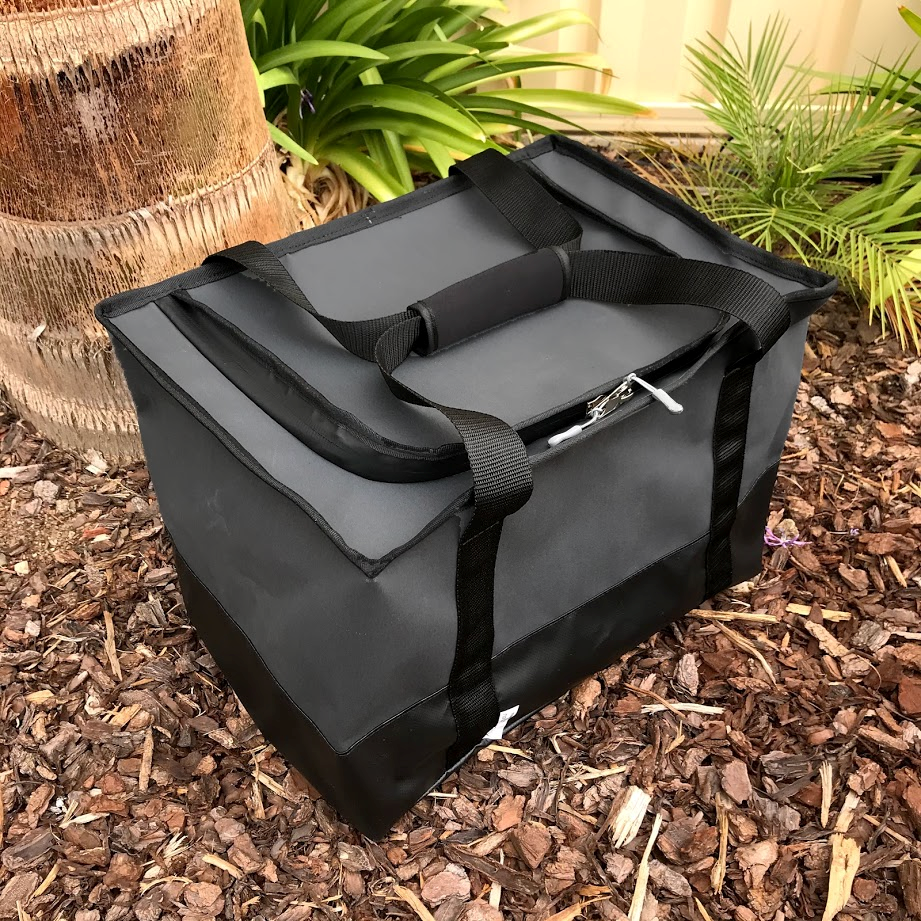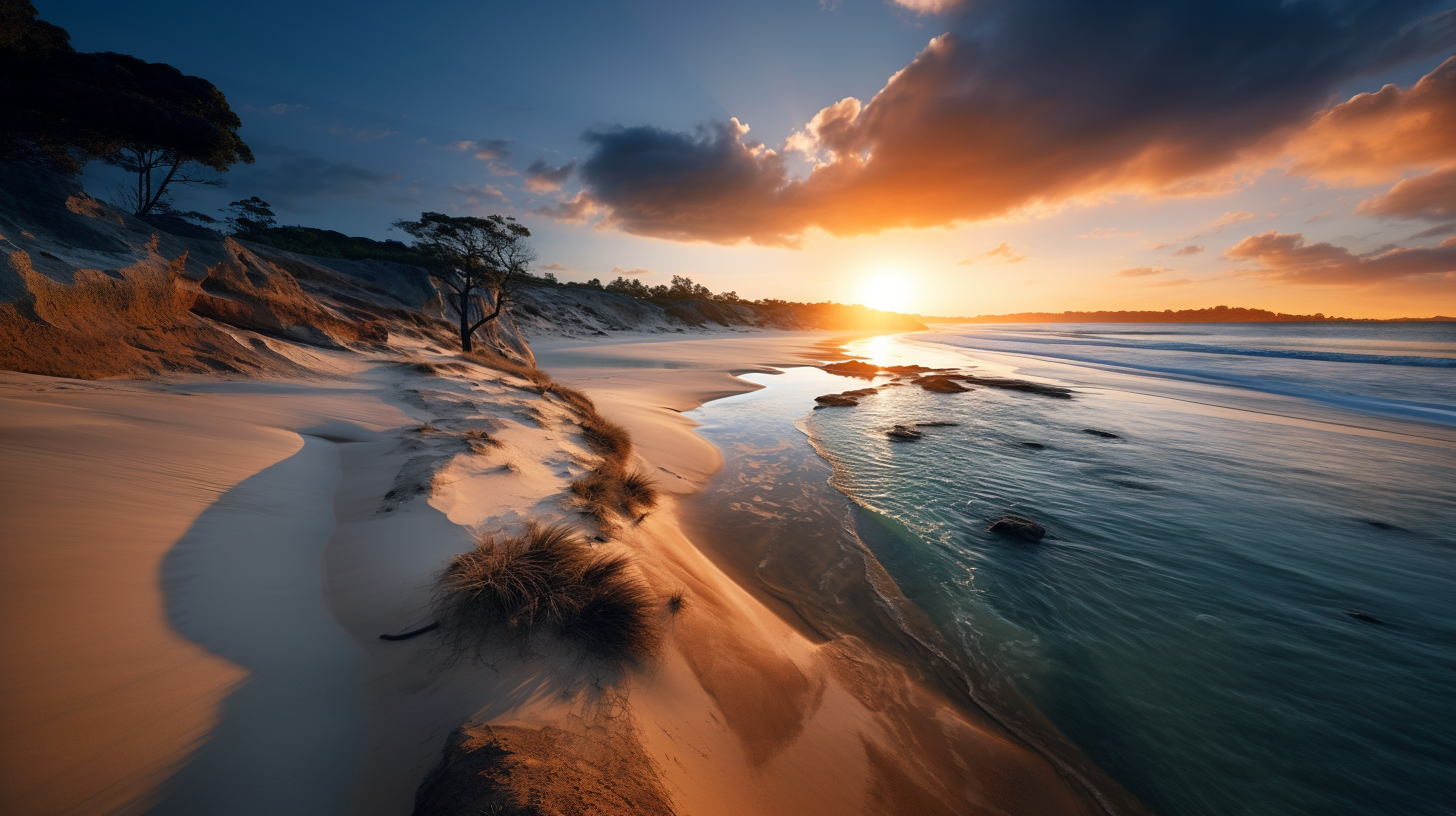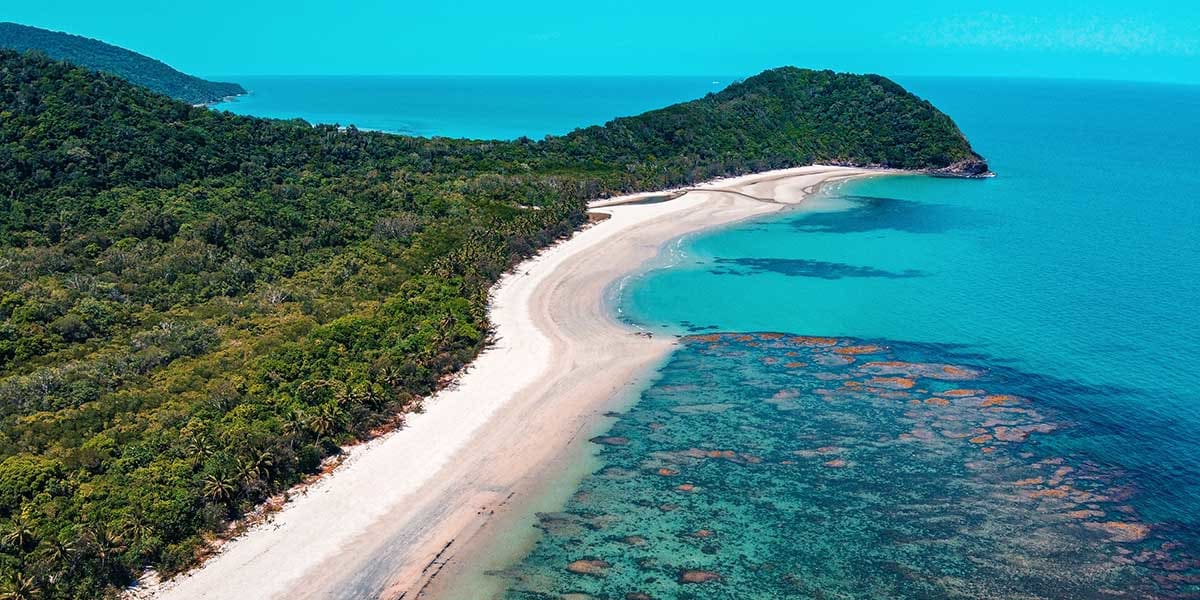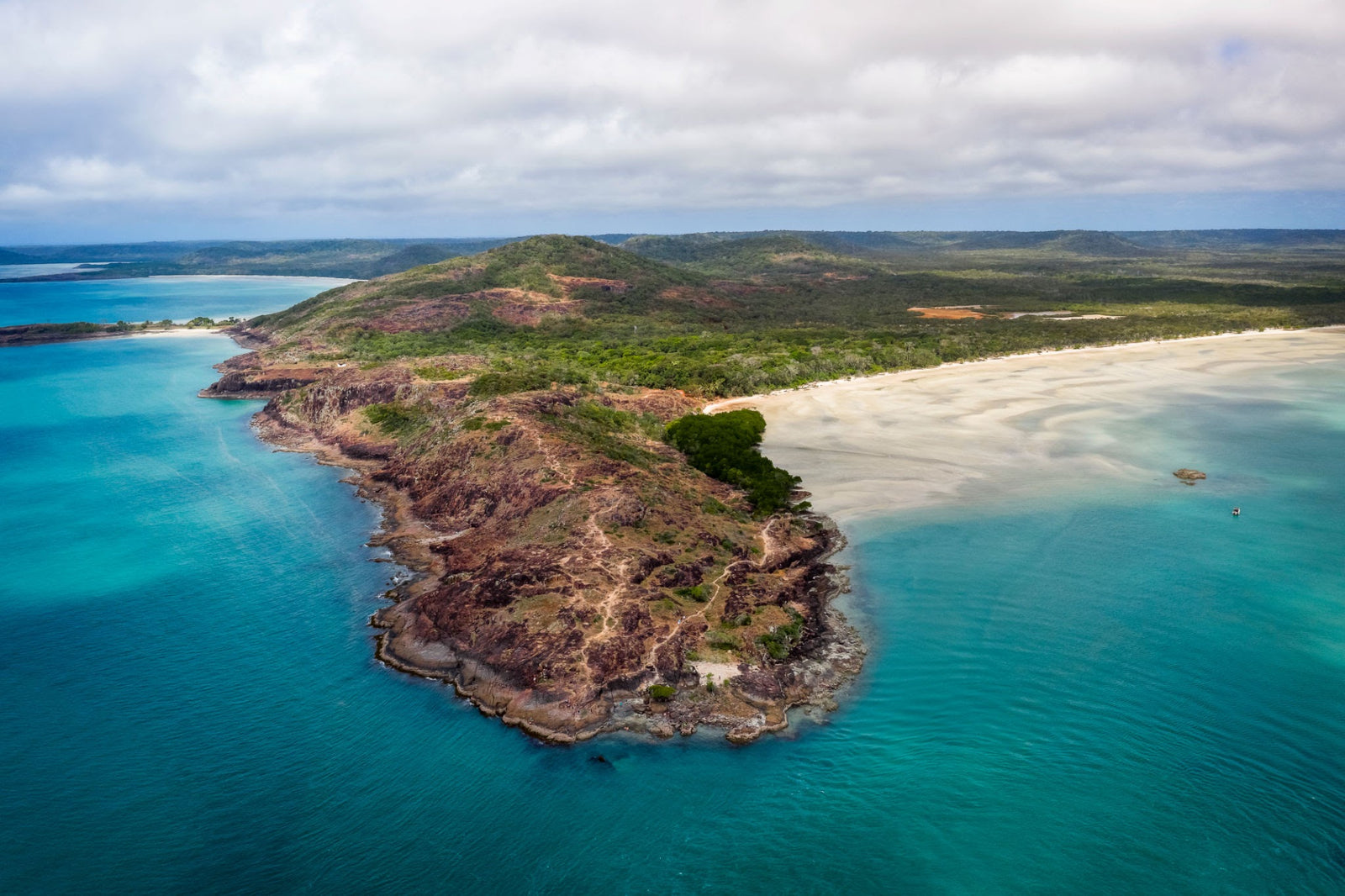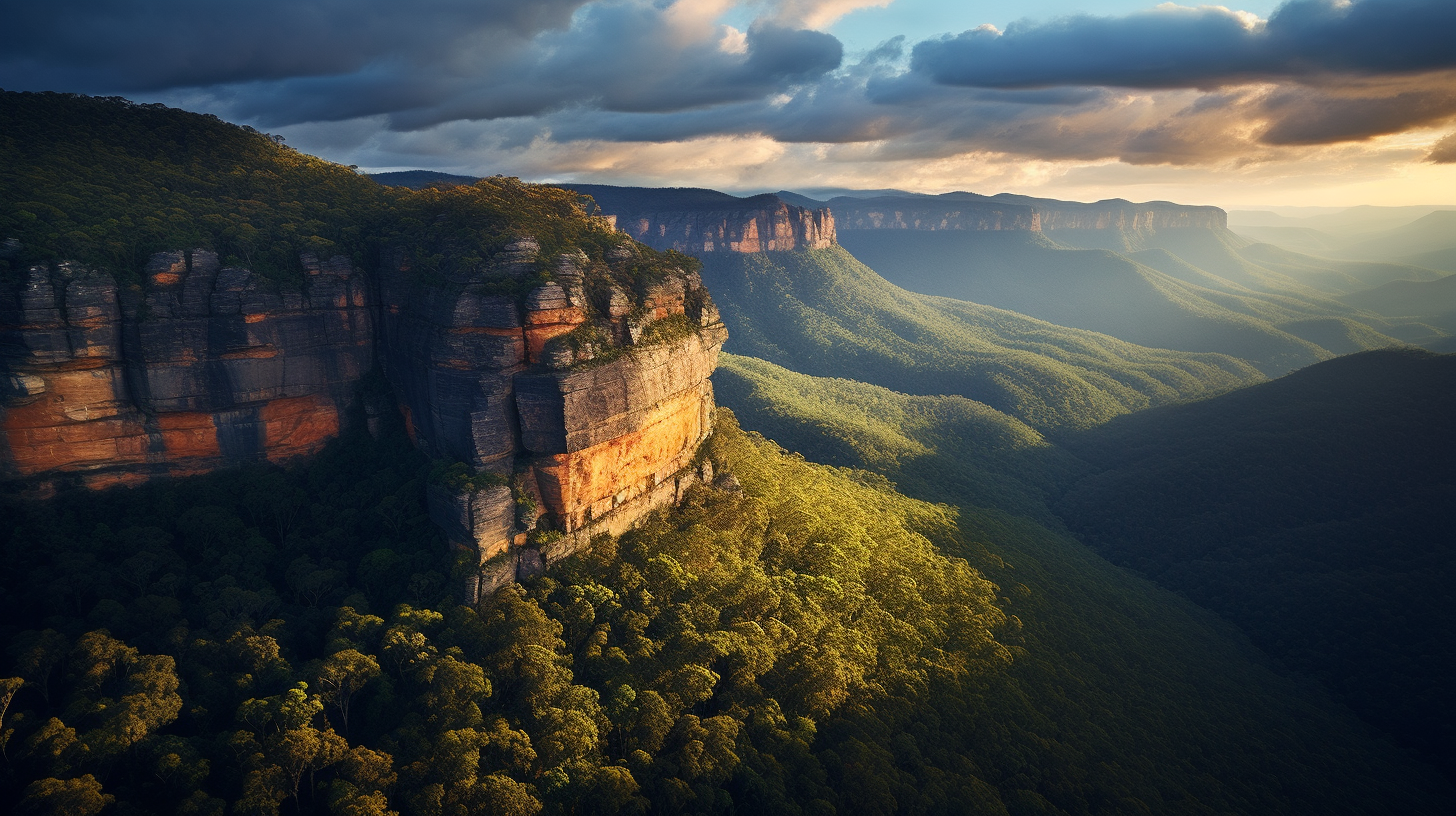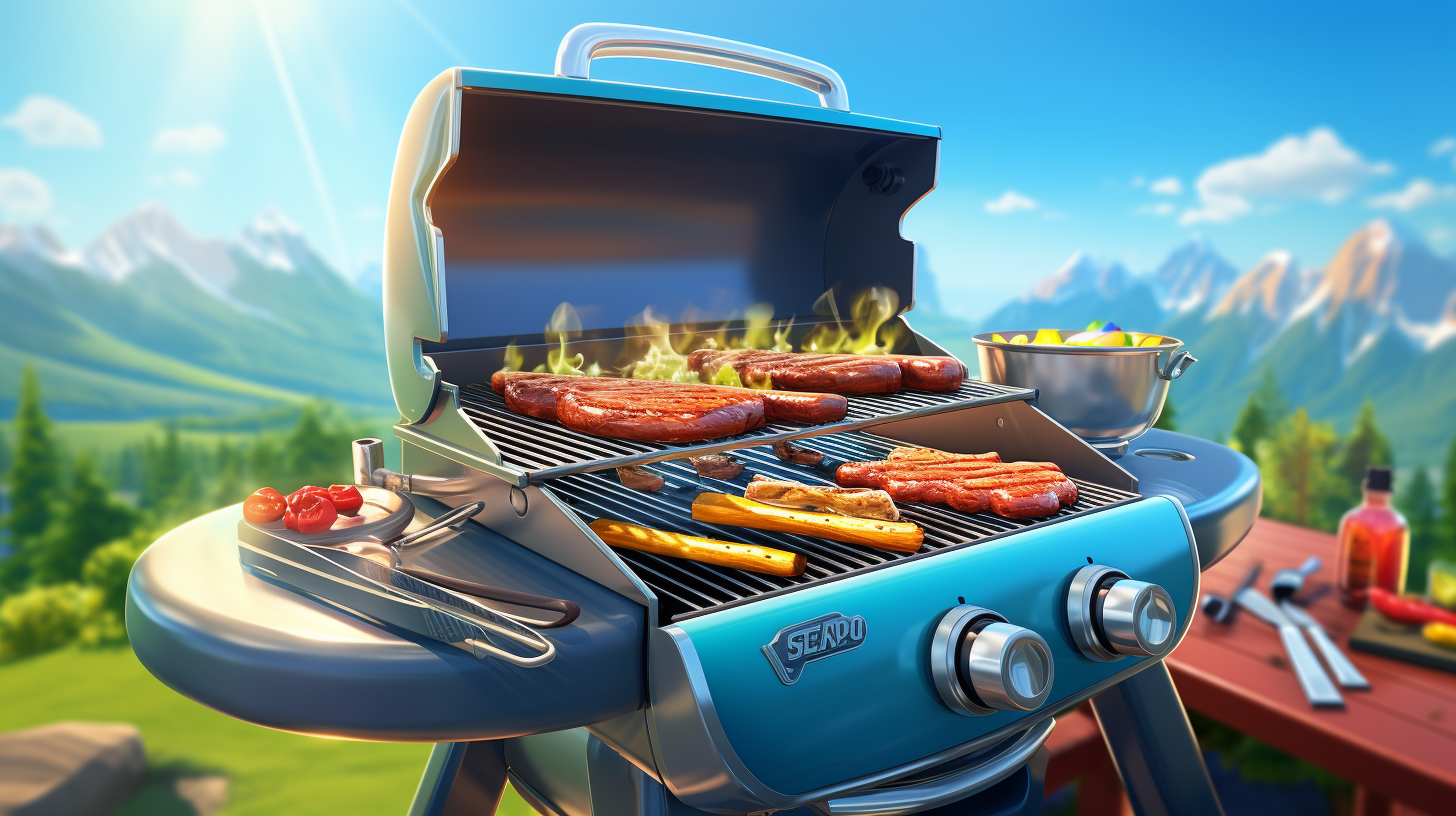Guide to Travelling Across the Nullarbor in Western Australia: Essential Tips and Highlights
The Nullarbor Plain in Western Australia is one of the most iconic stretches of road in Australia, offering a unique driving experience like no other. As you set off on your journey through this vast, seemingly endless landscape, you'll not only be treated to stunning views and diverse wildlife, but also a test of your endurance and resilience as a traveler. However, with the right preparation and mindset, the adventure of crossing the Nullarbor can be an unforgettable experience.

Before hitting the road, it's essential to properly plan your Nullarbor journey. This includes making sure your vehicle is in top condition, as you'll be covering about 1,200 km from Norseman to Ceduna, taking approximately 12.5 hours in total. Stock up on essential supplies like water and fuel, as well as navigating the Eyre Highway that stretches across the southern edge of Australia.
While traversing the Nullarbor Plain, you'll come across unique rest stops, historical landmarks, and panoramic viewpoints. During your trip, don't forget to relish the captivating Australian outback, as you make your way through small towns, caravan parks, and of course, the iconic treeless plains. So, buckle up and enjoy the adventure that awaits you in Western Australia's captivating Nullarbor Plain.
Understanding the Nullarbor
The Nullarbor Plain, a vast and seemingly endless expanse, stretches across the southern edge of Australia from Western Australia to South Australia. As you embark on your journey across this unique landscape, it's important to understand its geological and ecological features.
Primarily known for its arid and flat terrain, the Nullarbor Plain is about 1,200 km in length and runs along the Eyre Highway from Ceduna in South Australia to Norseman in Western Australia. Derived from the Latin words for "no trees," the Nullarbor is relatively treeless and mostly consists of low scrub vegetation. However, this doesn't imply that the plain is devoid of natural beauty.
While travelling across the Nullarbor, you'll encounter a range of landscapes, including ancient limestone cave systems, towering sea cliffs, and shifting sand dunes. These features reveal the area's prehistoric past, showcasing an astonishing contrast to the flat and barren surface above ground.
Underneath the seemingly monotonous surroundings, there is a surprising amount of biodiversity. With many unique plant and animal species that have adapted to the harsh conditions, the Nullarbor supports a delicate and fascinating ecosystem.
When planning your trip across the Nullarbor, be prepared for the vast distances between towns and facilities. This requires carrying sufficient supplies, such as food, water, and fuel. But don't worry. There are roadside stops and small settlements along the way, offering a chance to rest, refuel, and appreciate the rugged beauty that the Nullarbor has to offer.
As you traverse the Nullarbor Plain, remember to take your time, stay safe, and revel in the unique experience of exploring one of Australia's most fascinating landscapes.
Preparation for the Journey

Before embarking on your epic adventure across the Nullarbor in Western Australia, it's essential to thoroughly prepare your vehicle and supplies for the long journey ahead. A well-prepared trip will ensure a safer, smoother and more enjoyable experience.
Firstly, check your vehicle's essential fluids, such as engine oil and coolant, to ensure they are within recommended levels. It's a good idea to carry extra engine oil and coolant in case you encounter any issues on the road. Remember, service stations are few and far between along this stretch.
Tyres are another critical aspect of your preparation. Make sure your tyres are in good condition and at the appropriate pressure. Bring along a spare tyre, and familiarise yourself with changing it – flat tyres are not uncommon on long outback roads. Keep an eye on the speed limit as well, as it varies along different sections of the highway.
Water is a vital commodity when travelling through remote areas. Ensure you have a plentiful supply of drinking water, ideally at least 5 litres per person per day, for the entirety of your journey across the Nullarbor. Staying hydrated is crucial in the arid environment, especially during summer months when temperatures can soar.
Pack essential items such as a first-aid kit, sunscreen, insect repellent, torch, maps, GPS/navigation device, and a satellite phone or emergency communication device. These items will help you navigate the vast landscape and ensure your safety.
Finally, keep informed about any potential hazards or road closures in the area, and research the locations of fuel stops, accommodation, and points of interest along the way. By being prepared and knowledgeable about your journey, you can confidently embark on your Nullarbor adventure and create unforgettable memories in the beautiful Australian outback.
Route and Distances
Travelling across the Nullarbor in Western Australia is an incredible journey that takes you through some of the most remote regions of the country. In this section, we'll give you a brief overview of the main route, distances, and key stops along the way.
The primary route for crossing the Nullarbor is the Eyre Highway, which stretches over 1,200 kilometres from Norseman in Western Australia to Ceduna in South Australia. The journey typically starts in Perth and follows the Eyre Highway through Norseman, across the Nullarbor Plain, and eventually to Ceduna.
Throughout your trip, you might need to stop at various roadhouses for fuel, food, and rest. Below is a list of the main Nullarbor Roadhouses along the Eyre Highway:
- Balladonia Roadhouse: Located 295 kilometres east of Norseman.
- Caiguna Roadhouse: Situated 365 kilometres east of Norseman.
- Cocklebiddy Roadhouse: About 520 kilometres east of Norseman and 600 kilometres west of Ceduna.
- Madura Roadhouse: Approximately 740 kilometres east of Norseman.
- Mundrabilla Roadhouse: Roughly 860 kilometres east of Norseman and 340 kilometres west of Ceduna.
- Eucla Roadhouse: Around 1,110 kilometres east of Norseman, near the Western Australia and South Australia border.
When driving, it's crucial to plan your fuel stops as distances between these roadhouses can be long. For instance, the largest gap between fuel stops is the 90 Mile Straight, a 146.6-kilometre stretch with no intersections or sharp turns that can be found between Balladonia and Caiguna Roadhouses.
Remember, Australia is vast and remote, so make sure to stay on the main routes and plan your journey carefully. With the right planning and preparation, crossing the Nullarbor Plain will be a unique and unforgettable experience.
Attractions along the Way

As you embark on your journey across the Nullarbor in Western Australia, there are numerous attractions that will captivate your sense of adventure and allow you to fully experience this majestic region.
One of the most unique features of this trip is the opportunity to play golf on the world's longest golf course, the Nullarbor Links. This 1,365-kilometre course stretches across the plain, with a hole at each town or roadhouse along the way. Be sure to pack your golf clubs, as you definitely won't want to miss this once-in-a-lifetime experience.
As you travel further, you'll come across the awe-inspiring Bunda Cliffs. Boasting an impressive height of up to 60 metres, these cliffs stretch for 200 kilometres along the edge of the Great Australian Bight. This natural wonder provides breathtaking views, perfect for photographs and lasting memories.
Another remarkable coastal site to visit along your journey is the Head of the Bight, where you'll have the chance to indulge in whale watching as well as appreciate the stunning cliff formations. The timing of your visit is essential, as the best period for observing these magnificent creatures is between May and October.
While you continue along your route, keep an eye out for wildlife including kangaroos, emus, and even camels. Don't forget to stop at the Caiguna Blowhole, a fascinating natural attraction where air is forced out of underground caves, creating a unique experience for travellers.
As you approach the end of your Nullarbor adventure, make your way to Adelaide and the beautiful Eyre Peninsula. Here, you can explore the charming coastal towns and indulge in the delicious seafood and local wines. Adventure around the national parks, pristine beaches, and remarkable natural wonders. This stunning region is the perfect conclusion to your unforgettable journey across the Nullarbor.
Wildlife You Might Encounter

As you travel across the Nullarbor in Western Australia, you'll have the chance to encounter a diverse range of wildlife. This vast plain is home to various unique animals that make this journey memorable.
One commonly sighted animal in the area is the kangaroo. These marsupials are native to Australia and can be found hopping across the landscape, especially around dusk and dawn. Keep a lookout for them near the road and observe them from a safe distance.
Camels are another fascinating sight on your journey. They were originally introduced to Australia during the 19th century and have since become a vital part of the local ecosystem. You may encounter wild camels roaming the Nullarbor Plain, gracefully navigating the vast terrain.
Other native mammals you might see along the way are the wombat and the often-inquisitive emu. Wombats are burrow dwellers that are mostly active around sunset and sunrise, while emus add some excitement with their tall stature and curious nature. Remember to keep your distance and never feed these wild animals.
During the months of July to September, you have the opportunity to witness one of nature's most fantastic events: the migration of the Southern Right Whales off the coast. These magnificent creatures visit the region during their peak season, offering an unforgettable experience where you can observe them up close.
When venturing through the Nullarbor, you'll also come across a variety of birdlife, including honeyeaters and Major Mitchell's cockatoos, which can be spotted at the Eyre Bird Observatory.
It's crucial to respect and protect the wildlife during your journey. Avoid approaching animals too closely, refrain from feeding them, and drive carefully to ensure the safety of both you and the creatures that call the Nullarbor home.
Accommodation and Stopovers

As you travel across the Nullarbor in Western Australia, you'll find a variety of accommodation options to make your journey comfortable. From roadhouses and motels to caravan parks and camping spots, there are plenty of places to rest and recharge.
One of the most popular roadhouses along the route is the Nullarbor Roadhouse, where you can find fuel, a restaurant, and basic accommodation. It's a convenient spot to stop, particularly if you're in need of a break or a bite to eat.
There are several other roadhouses scattered along the Eyre Highway, each offering a unique experience and various facilities. Some of the notable ones include Penong, Nurdoo, and Yalata. These roadhouses typically provide fuel, food, and sometimes basic accommodation.
For overnight stays, you have the choice between motels, caravan parks, and camping spots. Border Village Roadhouse is a popular example, offering a motel and caravan park at the border of Western Australia and South Australia. With a 3.9 out of 5 rating on Google reviews, it's a solid choice for a comfortable stopover.
Camping enthusiasts will enjoy the many caravan parks and camping areas along the route. Some of these spots offer basic amenities such as toilets and showers, while others are more remote and allow you to immerse yourself in the beautiful Australian outback. A suitable example is Fowlers Bay Caravan Park, providing both powered and unpowered sites for tents and caravans, as well as ensuite cabins for a more comfortable stay.
In summary, travelling across the Nullarbor in Western Australia offers a diverse range of accommodation options to suit your preferences. From the convenience of roadhouses to the comfort of motels and immersion of camping spots, you can be confident that your journey will be well-supported with suitable stopovers.
Challenges and Tips
https://www.youtube.com/watch?v=rxQgVi-PKzQ&embed=true
Travelling across the Nullarbor in Western Australia is an exciting adventure, offering you a unique experience to explore the vast and beautiful landscape. However, it's essential to be prepared for some challenges. In this section, we'll discuss some challenges you may face and provide tips to ensure a safe and enjoyable journey.
One of the primary challenges when embarking on a road trip across the Nullarbor is its remote and isolated nature. The distances between towns and service stations can be long, so it's crucial to plan your fuel stops and monitor your vehicle's fuel consumption. Tip: Carry extra fuel and make sure to refuel at every opportunity.
Road trains are another challenge during your Nullarbor adventure. These exceptionally long trucks can be intimidating to overtake. Be prepared for the size and draft created by road trains, and exercise patience when considering overtaking them. Tip: Wait for safe and clear stretches of road before attempting to overtake and ensure that your vehicle has enough power to complete the manoeuvre safely.
Travelling the Nullarbor in a 4WD vehicle can enhance your experience, providing access to off-road tracks and attractions. However, it's essential to be prepared for potential 4WD challenges, such as changing road conditions and potential mechanical issues. Tip: Carry essential 4WD equipment like recovery gear, a tyre repair kit, and a reliable communication device.
Here are some additional tips to help you have a successful Nullarbor adventure:
- Ensure your vehicle is in excellent condition; consider a service before the trip.
- Familiarise yourself with road safety rules and regulations in Australia.
- Plan your itinerary and research points of interest along the way.
- Carry plenty of water, food, and essential supplies in case of emergency.
- Keep a lookout for wildlife, especially at dawn and dusk.
With proper planning and preparedness, you're sure to have an unforgettable experience. So, make the most of your Nullarbor adventure by following these tips and embracing the challenges with confidence and a sense of excitement. Safe travels!
Historical and Cultural Insights

As you embark on your journey across the Nullarbor in Western Australia, make sure to delve into the historical and cultural aspects of the region. The Nullarbor is home to a rich cultural history, showcasing remnants of the past that are scattered throughout the area.
Latin Origins
The name "Nullarbor" has Latin roots, meaning 'no trees'. While the vast, arid plain covers 1,200 kilometres, it also offers much more than its treeless landscape.
Eyre Bird Observatory
One highlight of your journey is the Eyre Bird Observatory. Housed in the historic Eyre Telegraph Station, built in 1897, this observatory provides an exciting opportunity to observe and learn about the diverse birdlife found in the region.
Goldfields and Kalgoorlie
You'll also want to explore the Goldfields during your trip. Linked to the Nullarbor Plain by the town of Norseman, the Goldfields include Kalgoorlie, one of the most famous mining towns in Western Australia. Here, you can learn about the history of gold mining and its impact on the region.
Telegraph Stations
The history of communication in the area can be seen through the vast network of telegraph stations built during the late 1800s. For example, the Eucla Telegraph Station Ruins mark an important milestone in connecting Perth with the rest of the country.
Edward John Eyre
Another influential figure associated with the Nullarbor is Edward John Eyre, an English explorer and Governor of Jamaica. He was the first European to traverse the Nullarbor Plain in 1841. His exploration of the region helped pave the way for the development of transportation, communication, and trade across southern Australia.
Murrawijinie Cave
Finally, don't forget to explore the incredible Murrawijinie Cave. This cave, part of a vast network of caves hidden beneath the Nullarbor landscape, showcases unique geological features as well as Aboriginal art, giving a glimpse into the Indigenous heritage of the region.
As you traverse the Nullarbor, take the time to explore these historical and cultural gems. Doing so will enrich your journey and provide a deeper understanding of what makes this part of Western Australia so unique and fascinating.
Exploring the Outdoors
https://www.youtube.com/watch?v=pM6cAz18l-g&embed=true
While travelling across the Nullarbor in Western Australia, you'll encounter some of the most breathtaking landscapes and natural wonders Australia has to offer. The vast outback, stunning sea cliffs, and rugged sand dunes make this journey a truly unforgettable experience.
Your adventure begins in the Outback - a vast, seemingly endless expanse of arid and semi-arid land. The remote nature of the Nullarbor brings you closer to the stunning Australian wildlife. Be sure to keep an eye out for kangaroos, emus, and many other unique animals that call the Outback their home.
As you continue your journey, head towards the sea cliffs, where the Nullarbor surprisingly meets the Great Australian Bight. The dramatic cliffs provide panoramic views of the Southern Ocean and create an impressive contrast between the flat plains and crashing waves. Take a break at the Head of Bight Lookout for an optimal viewing experience and the possibility of spotting whales during the migration season.
The dazzling white sand dunes of the Nullarbor are another impressive sight you won't want to miss. These dunes are a testament to the region's constantly shifting landscape. They offer opportunities for adventurous activities like sandboarding or simply taking picturesque photographs.
Along the way, you'll encounter some of Australia's most pristine beaches with crystal-clear waters and powdery white sand. These secluded coastal sanctuaries provide an excellent opportunity for swimming, snorkelling, or simply relaxing by the water.
During certain times of the year, the Nullarbor comes alive with colourful wildflowers. The varied flora adds a vibrant touch to the otherwise arid landscape, creating a visually stunning display. Keep an eye out for these natural beauties as you traverse the region.
The Nullarbor's unique blend of striking landscapes and incredible nature make it a must-visit destination for those seeking outdoor adventure or simply the chance to be immersed in Australia's stunning beauty.
Environment and Sustainability

As you traverse the Nullarbor in Western Australia, you'll encounter a unique and diverse landscape. Despite its name, which means "no trees" in Latin, you'll find pockets of vegetation across this vast expanse.
The Nullarbor is mainly characterised by its semi-arid desert environment, as it receives minimal rainfall throughout the year. Still, during the winter months, you might experience slightly increased precipitation, leading to more greenery and occasional blooming of wildflowers.
Water is a scarce resource in this region, and it's vital to use it responsibly. When planning your trip, make sure to carry enough water for your needs and conserve it whenever possible.
The Nullarbor is also home to the Head of Bight, a spectacular, rugged coastline featuring dramatic cliffs along its southern edge. The area is renowned for its year-round whale watching opportunities. While enjoying this natural wonder, be sure to follow local guidelines and respect the environment.
Stargazing is another fantastic activity to enjoy while crossing the Nullarbor. The area's remote location and minimal light pollution afford you a crystal-clear view of the stars in the night sky. To minimise your environmental impact, avoid using bright lights while stargazing and be mindful of any potential fire hazards.
Here's a quick checklist to help you stay environmentally friendly during your Nullarbor journey:
- Conserve water by using it sparingly and carrying reusable water bottles
- Keep to designated roads and tracks to prevent damaging fragile ecosystems
- Respect local wildlife, including marine creatures at the Head of Bight
- Minimise light pollution by using low-intensity lights for stargazing
- Dispose of all waste responsibly by taking it with you or using designated waste facilities
By following these guidelines and taking a sustainability-focused approach to your Nullarbor adventure, you'll be doing your part to protect this unique environment for future generations to enjoy.
Frequently Asked Questions

How long does it take to drive across the Nullarbor?
Driving across the Nullarbor Plain takes approximately 2-3 days, depending on your speed and the number of stops you make along the way. The Nullarbor stretches 1,201 km along the Eyre Highway from Ceduna in South Australia to Norseman in Western Australia. Be prepared for long stretches of driving across this vast plain, but it is well worth the experience.
What are the must-see stops along the Nullarbor?
There are numerous attractions and points of interest when travelling across the Nullarbor. Here are a few you should not miss: the Great Australian Bight, Bunda Cliffs, Head of Bight Observatory for whale watching (in season), and the various lookouts along the route. You'll also encounter unique roadhouses along the way that add character and charm to your journey.
What is the best month to travel the Nullarbor?
The best time to travel the Nullarbor Plain is during the Australian autumn and spring months (March-May and September-November), as the weather is mild and comfortable for driving. Summer can be extremely hot and dry, making it potentially uncomfortable and more challenging to travel across this isolated landscape.
Where do you stop overnight on the Nullarbor?
There are several motels and caravan parks where you can stop overnight while crossing the Nullarbor. Some of the recommended stops include Balladonia Caravan Park & Motel, Caiguna's John Eyre Motel & Caravan Park, Cocklebiddy Caravan Park & Wedgetail Hotel, and the Eucla Caravan Park & Motel. Always plan your stops beforehand and make reservations if possible, as accommodation options can be limited.
What do you need to cross the Nullarbor?
When preparing to cross the Nullarbor, make sure your vehicle is in top condition and has been recently serviced. Carry at least 10 litres of water per person, coolant, engine oil, a spare tyre, and other necessary supplies. Keep in mind that fuel stations can be scarce, so plan accordingly. It is also wise to have an emergency kit, food supplies, and a fully charged mobile phone for emergencies.
Are there any notable towns on the Nullarbor?
While there are not many towns along the Nullarbor, you will come across small settlements, roadhouses, and unique outposts throughout your journey. Some key stops include Norseman, Balladonia, Caiguna, and Eucla. These locations offer essential services, fuel, and a glimpse into the unique culture and history of the Nullarbor Plain. Enjoy the fascinating experience of travelling across this iconic Australian landscape.



